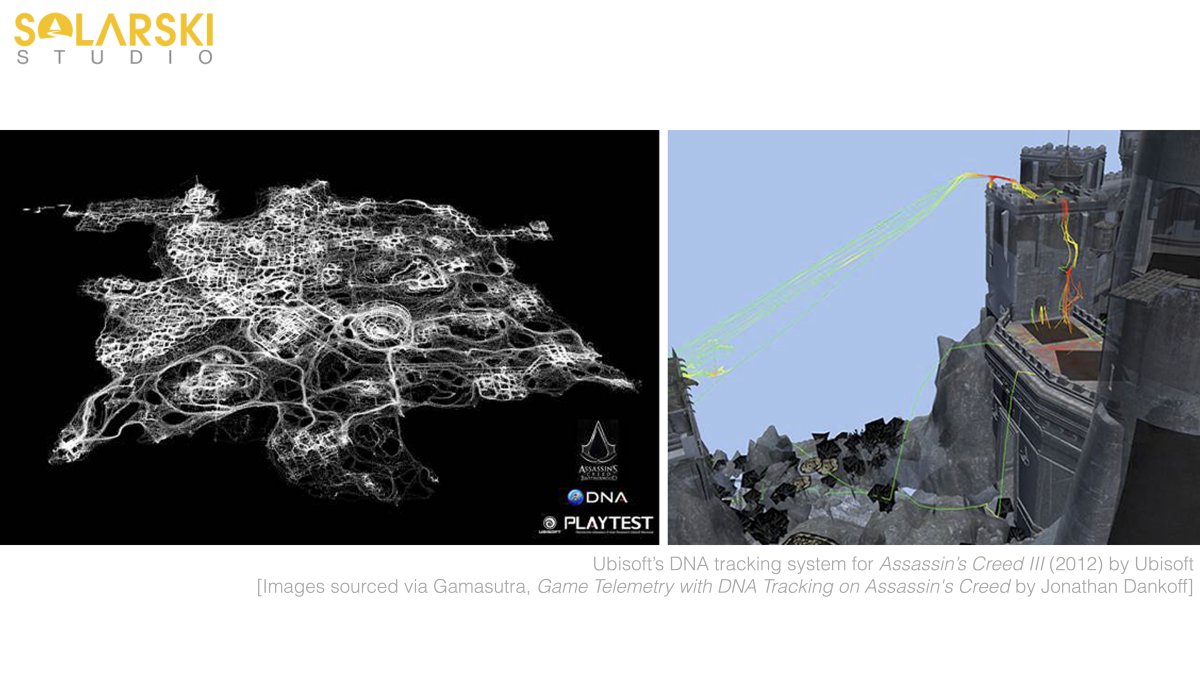Experiencing Space: The Gaming World
Flora Loughridge and Ulrich Gehmann welcome artist-game designer Chris Solarski onto the Ideal Spaces Podcast in this brand-new episode on Experiencing Space. We explore how Chris’s sensory design approach Interactive Empathy and Embodiment (IEE) to interactive media heightens the player-audience’s physical experience of gameplay, making them feel totally immersed in the virtual gaming environment. Chris explains how his sensory design method relates to architecture, interior design and classical painting (as well as acting theory, neuroscience, psychology and disability aesthetics), with the atmosphere of a game similarly created through the careful placement of objects, colours, music and movement. We also learn how exactly video games succeed in evoking a wide range of emotions in their players. Along the way, we discuss fail videos, the rubber hand illusion, The Simpsons and Game of Thrones.
Chris Solarski started out in video games at Sony Computer Entertainment’s London Studio as a character and environment artist before making a career-defining detour into figurative oil painting. The unusual mix of game art and classical art eventually resulted in Chris authoring Interactive Empathy and Embodiment (IEE)—a sensory design methodology that adapts traditional craft to interactive media with the aim of heightening kinaesthetic empathy and embodiment. Chris has authored two other books on game art and storytelling in games that are endorsed by the likes of Assassin’s Creed founding member Stéphane Assadourian, and Cyberpunk 2077 level designer Max Pears. Chris’ work has been described as gaming’s equivalent to Robert McKee’s screenwriting classic, Story, and compared to Joseph Campbell’s universal storytelling structure. Chris has had the pleasure of presenting at the Smithsonian Museum’s landmark The Art of Video Games exhibition, Disney Research, SXSW, Google and FMX, to name a few.

Show notes
To find out more about Chris Solarski’s work, please visit his Twitter page, Instagram account @solarskistudio and Gumroad profile.
00:13:05 – Slide 55 – Structural Composition in Classical Painting: Niccoloni-Cowper Madonna, Raphael (1483-1520)

00:19:57 – Slide 25 – Shape Language

00:23:44 – Slide 34 – Google Dublin

00:25:29 – Slide 35 – Denver Art Museum

00:27:21 – Slide 24 – Is That My Real hand? (2015) National Geographic

00:58:16 – Slide 99 – Ubisoft’s DNA tracking system for Assassin’s Creed III (2012) by Ubisoft

00:59:50 – Slide 103


Leave a Reply